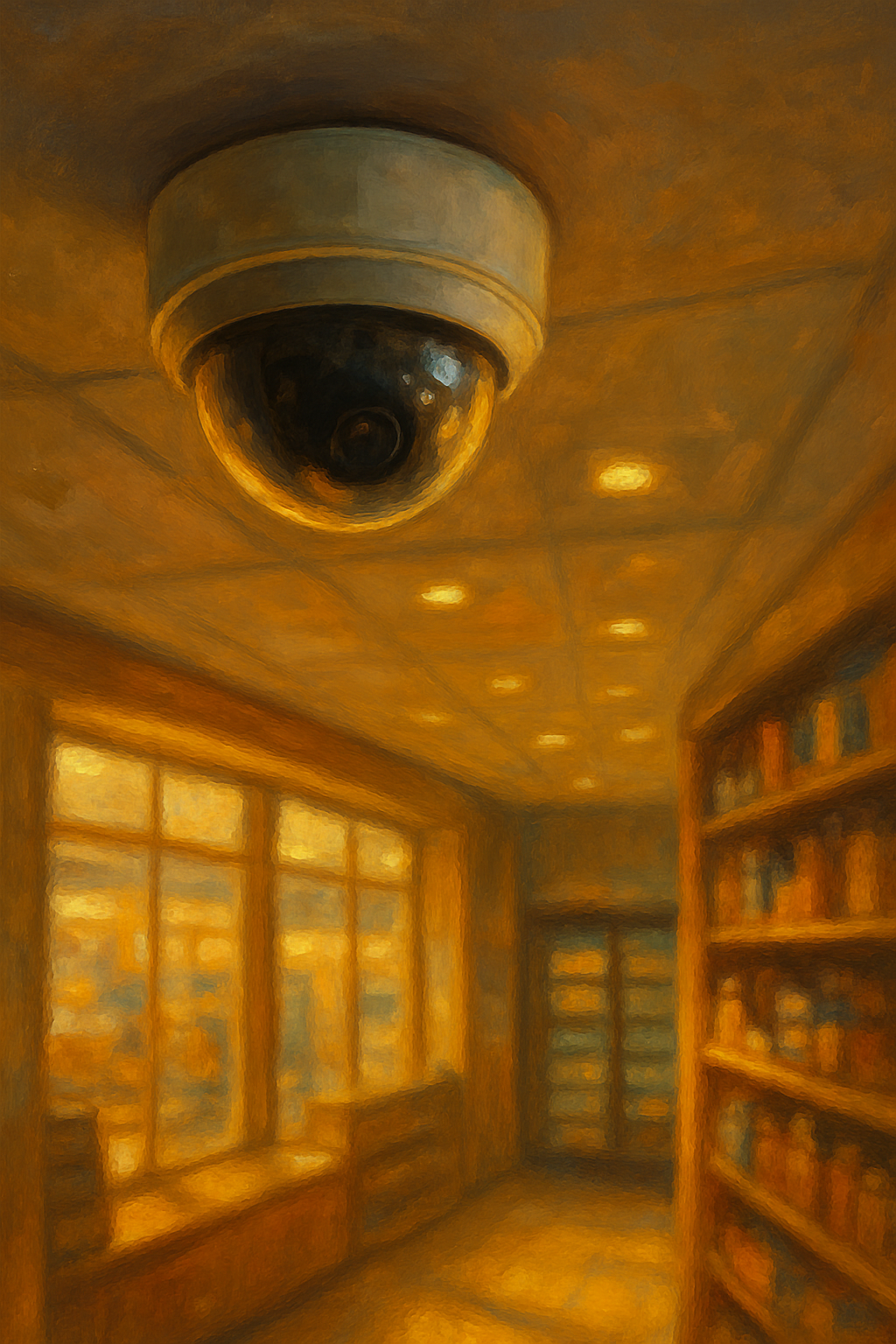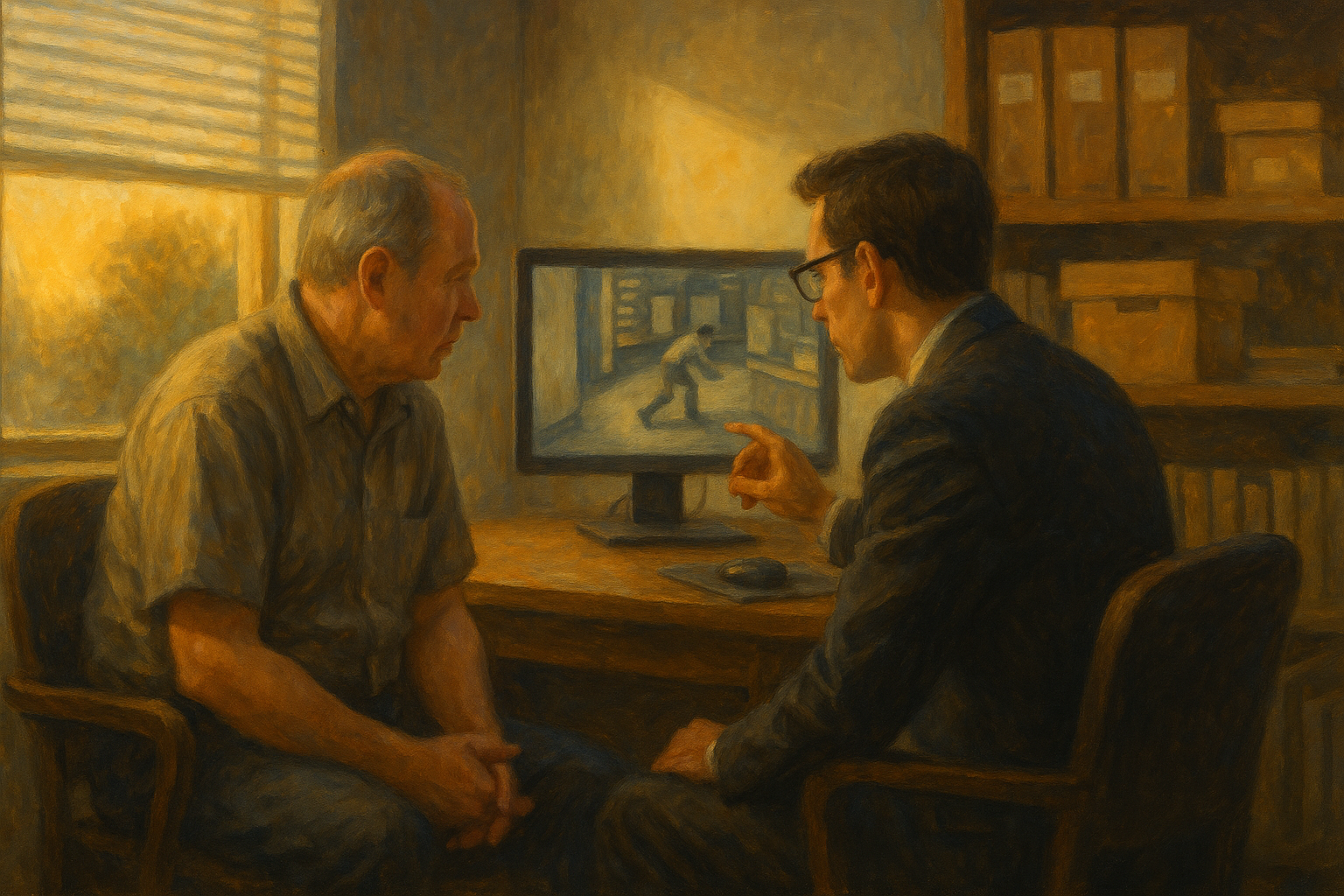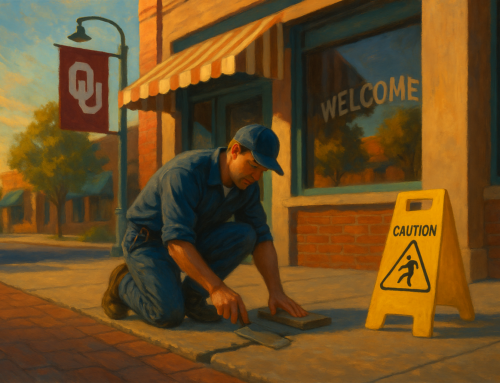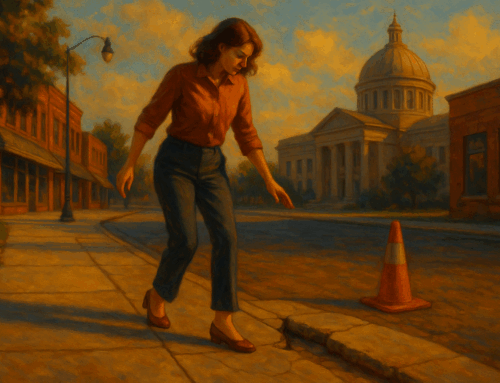Slip and fall cases often come down to one critical question: What really happened? While witness statements and photos can help, nothing is more powerful than surveillance video. In Oklahoma, security cameras are everywhere — grocery stores, gas stations, apartment complexes, restaurants, parking lots, and even city buildings.
Video evidence can be the deciding factor that proves how the fall happened, how long the hazard was present, and whether the property owner could have prevented your injury. At Aldridge Teasdale, we rely on surveillance footage in many of our slip and fall cases because it can make — or break — your claim.
Why Surveillance Footage Matters So Much
Video is objective. It shows exactly what happened without interpretation, excuses, or memory gaps. In slip and fall cases, surveillance footage can reveal:
- How you fell
- What caused you to fall (water, spilled product, broken floor, ice, debris, etc.)
- Whether the hazard was visible
- How long the hazard was there
- If employees walked past it without fixing it
- Whether warning signs were present
This type of evidence is extremely powerful when dealing with property owners and insurance companies who often deny responsibility.
How Video Can Strengthen Your Slip and Fall Case
Surveillance footage can dramatically improve your case by:
- Proving negligence — If a hazard was left unattended for too long, the property owner may be liable.
- Showing employee behavior — Video may show workers ignoring or stepping over the danger.
- Disproving false claims — If the owner says “nothing was on the floor,” video can prove otherwise.
- Documenting the severity of your fall — Which helps justify medical treatment and injury claims.
When video exists, the facts become much harder for an insurance company to twist.
How Video Can Hurt a Slip and Fall Claim
Not every video helps the injured person. Sometimes footage can weaken a claim by showing:
- You were running or distracted
- The hazard appeared only seconds earlier
- You walked around the dangerous area safely earlier that day
- The fall was staged or exaggerated
This is why reviewing the footage with an attorney is important — we help you understand what the video proves, what it doesn’t, and how to build the strongest case possible.
How Quickly You Need to Act to Preserve Video
Most surveillance systems overwrite footage every:
- 24 to 72 hours (small businesses)
- 7 to 14 days (mid-size stores)
- 30 days (large corporations)
If you wait, the footage may be gone forever.

We immediately send a preservation of evidence letter to the business or property owner requiring them to save any video related to your fall.
What If the Property Owner Refuses to Hand Over the Video?
This happens more than you’d think — especially when the footage is damaging to them. But there are legal tools we can use to obtain it, including:
- Subpoenas
- Court orders
- Discovery requests
If the business deletes video after receiving notice, it can lead to serious consequences for them in court.
Other Evidence That Supports Your Case
Even without video, we can still build a strong claim using:
- Witness statements
- Accident reports
- Photographs of the scene
- Maintenance logs
- Employee testimony
- Medical records
Video helps — but it’s not the only way to prove negligence.
Talk to a Slip and Fall Attorney Before the Evidence Disappears
Video footage can be the most important piece of evidence in your slip and fall case — but you have to act fast. The sooner we can get involved, the better chance we have of preserving critical footage before it’s erased.
Request your Free Case Review or call (405) 447-HURT today. You pay nothing unless we win.
Internal Link: Slip and Fall Overview





